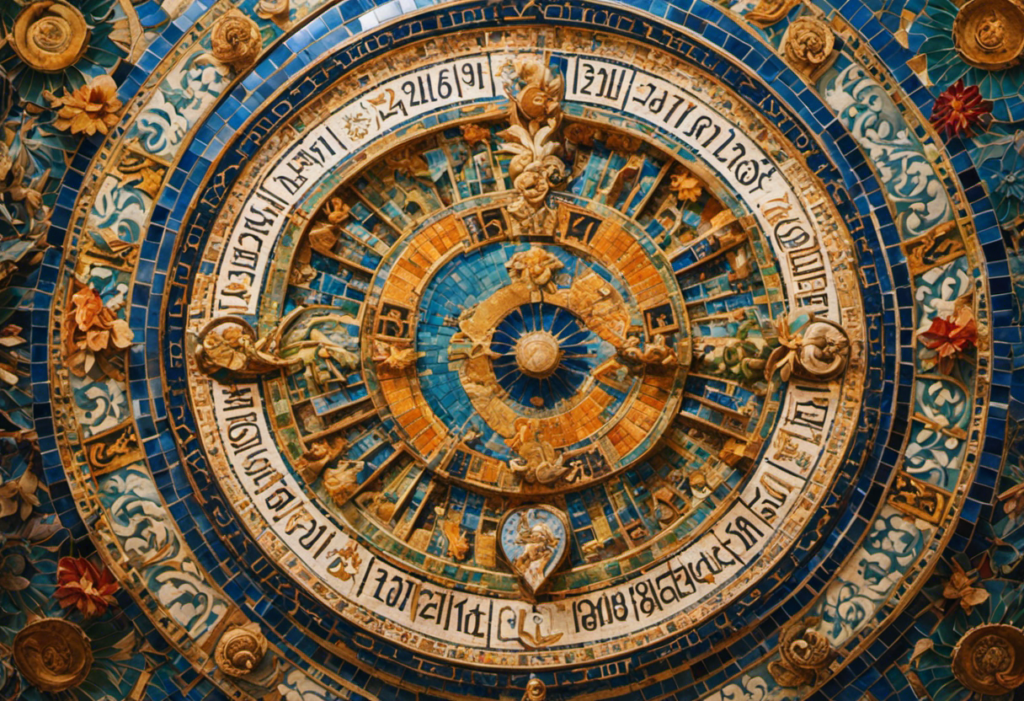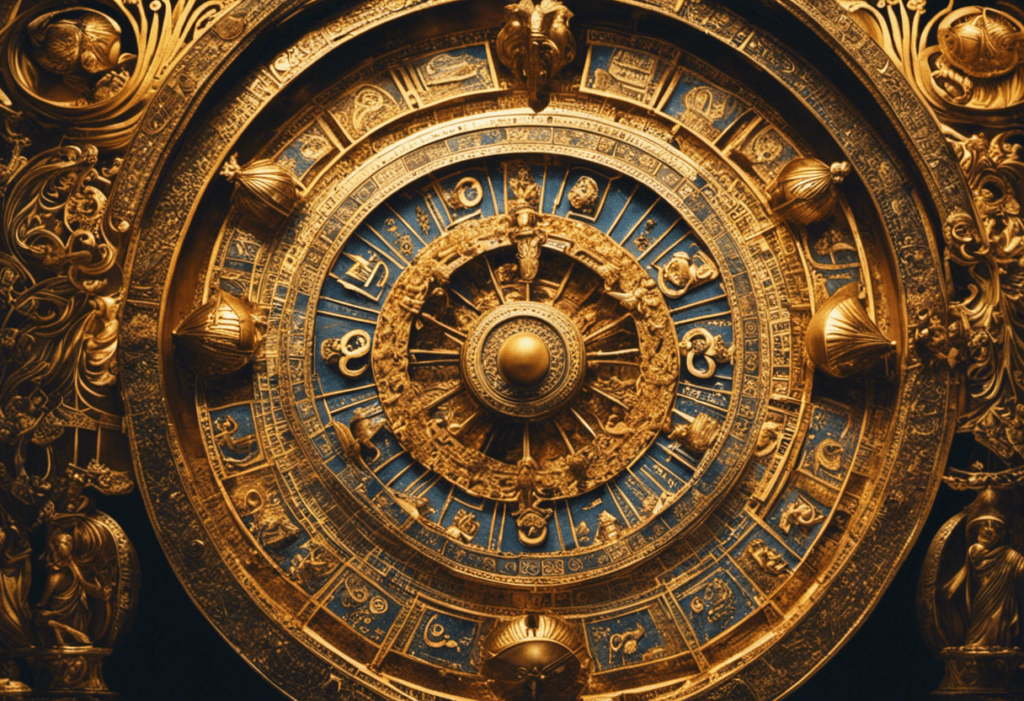In the vast tapestry of time, the Zoroastrian calendar emerges as a celestial thread, weaving its significance across ancient civilizations and modern societies alike.
This article delves into the profound influence of the Zoroastrian calendar on other calendar systems, tracing its historical origins, key principles, and cultural legacy.
By unraveling the intricacies of this ancient timekeeping system, we uncover the profound impact it has had on shaping the way we measure and mark the passage of time.
Key Takeaways
- The Zoroastrian calendar introduced the concept of intercalation, adding extra days to align with astronomical events, which can be seen in modern calendars like the Gregorian calendar with its leap years.
- It influenced the incorporation of lunar months as a fundamental unit of time in calendars like the Islamic calendar.
- The Zoroastrian calendar emphasized accuracy and synchronicity with natural phenomena, which is reflected in modern calendar systems.
- It had a profound impact on the development and evolution of ancient civilizations’ timekeeping systems, playing a significant role in the organization of religious festivals and agricultural activities.
Historical Origins of the Zoroastrian Calendar
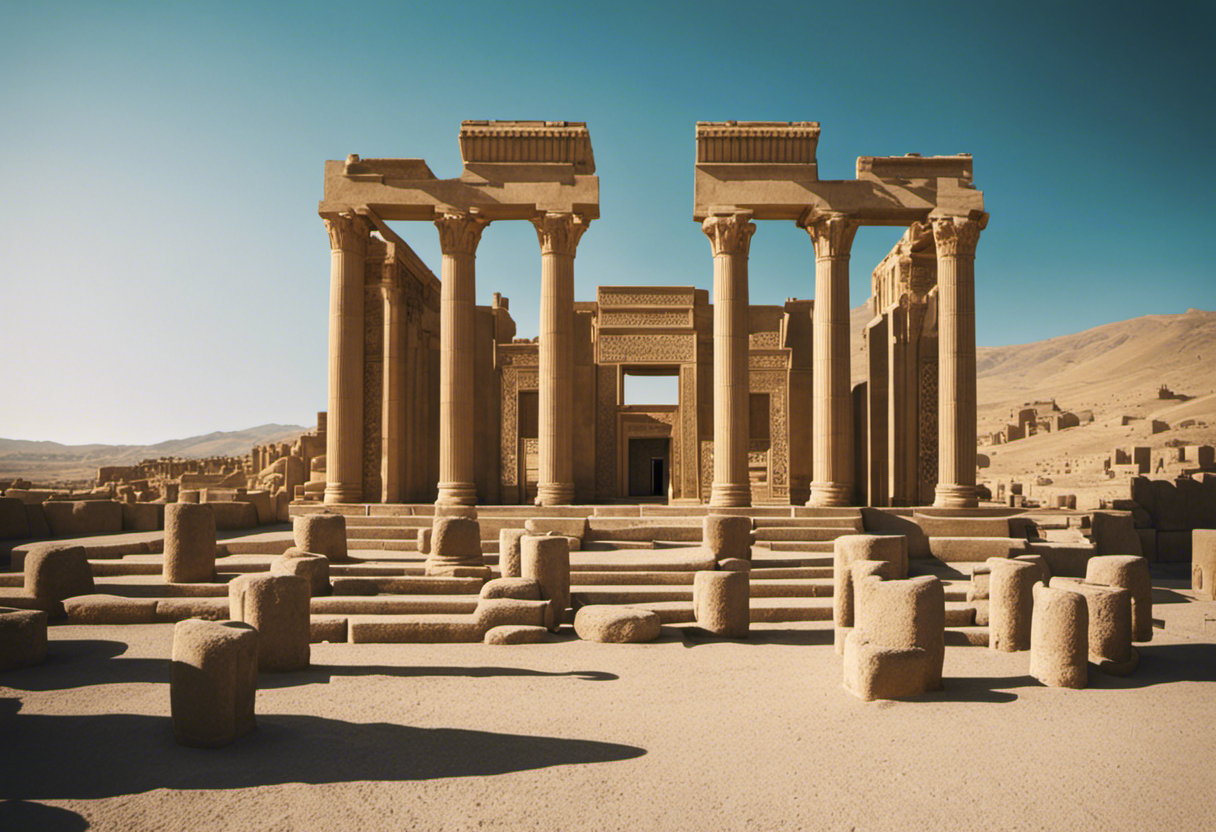

The historical origins of the Zoroastrian calendar provide valuable insights into the development of ancient timekeeping systems. The Zoroastrian calendar, also known as the Iranian calendar, is one of the oldest known calendars in the world. Its origins can be traced back to ancient civilizations in the region of Persia, modern-day Iran, around the 6th century BCE.
The Zoroastrian calendar was developed by the ancient Persians who followed the teachings of the prophet Zoroaster. It was primarily based on the movements of the sun and the stars, reflecting the strong influence of astronomy on ancient timekeeping systems. The calendar consisted of 12 months, each with 30 days, and an additional 5 or 6 intercalary days to synchronize with the solar year.
The historical origins of the Zoroastrian calendar highlight the advanced knowledge and understanding of ancient civilizations in the fields of astronomy and mathematics. The development of this calendar system played a significant role in the organization of religious festivals and agricultural activities. It also influenced the development of other calendar systems in the region, such as the Islamic calendar.
Key Principles and Structure of the Zoroastrian Calendar
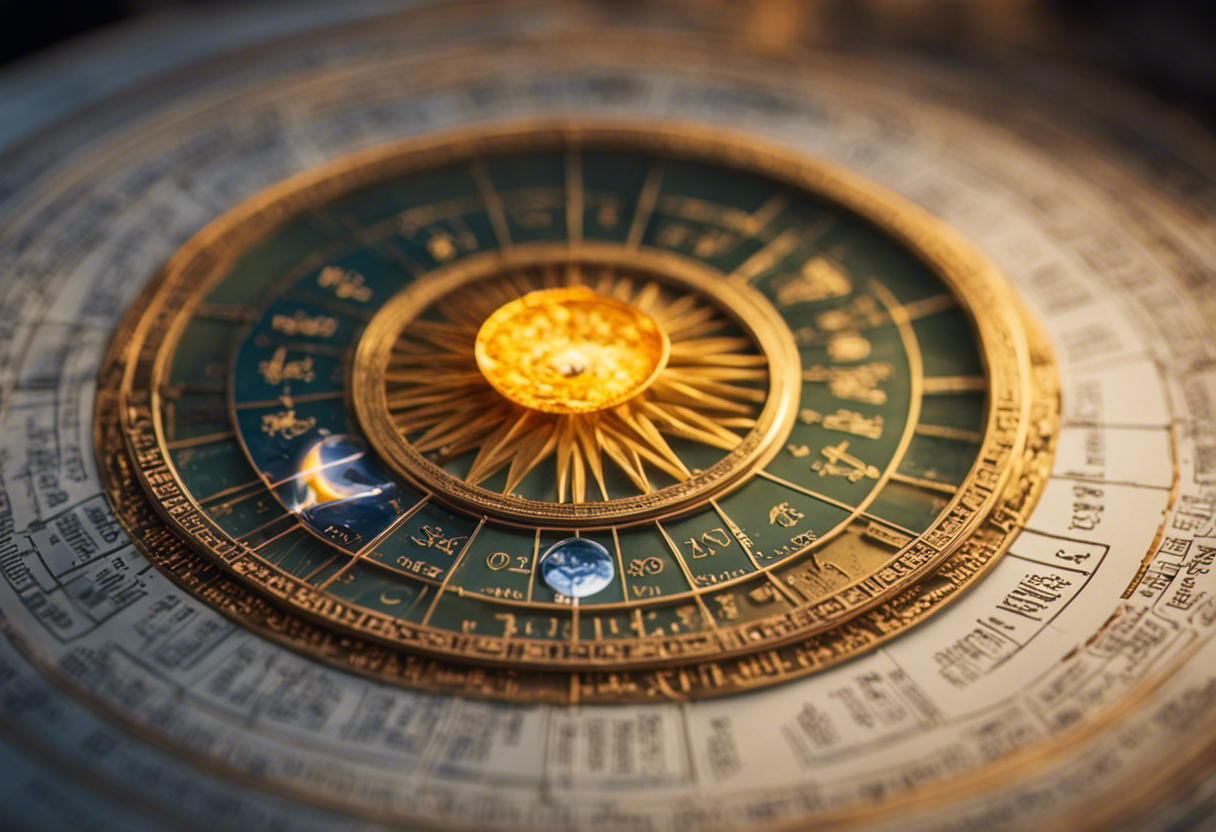

How does the Zoroastrian calendar incorporate intercalary days to synchronize with the solar year?
The Zoroastrian calendar, also known as the Fasli calendar, is an ancient calendar system that dates back to the 6th century BCE. It is primarily based on the astronomical observations of the sun and the moon, and it follows key principles to maintain its structure and accuracy.
Here are three key principles regarding the structure of the Zoroastrian calendar:
-
Intercalary Days: The Zoroastrian calendar incorporates intercalary days, also known as Gatha days, to synchronize with the solar year. Intercalary days are added at the end of the year to compensate for the difference between the lunar and solar cycles. This helps the calendar to align with the actual length of the solar year.
-
Lunar Months: The Zoroastrian calendar consists of 12 lunar months, each of which begins at the time of the new moon. These lunar months are alternately 30 and 29 days long, resulting in a year of 354 or 355 days.
-
Leap Years: To ensure that the calendar remains synchronized with the solar year, the Zoroastrian calendar includes leap years. Leap years occur approximately every four years and consist of an additional intercalary day, making the year 355 days long.
Adaptation of the Zoroastrian Calendar in Ancient Civilizations


Despite its ancient origins, the Zoroastrian calendar found adaptability in various ancient civilizations through its incorporation of intercalary days and lunar months. The Zoroastrian calendar, which originated in ancient Persia around the 6th century BCE, was based on a solar year of 365 days. However, in order to synchronize with the lunar cycle, the calendar included an intercalary month every few years. This adaptability allowed the Zoroastrian calendar to be widely adopted and adapted by other ancient civilizations.
One such civilization that incorporated the Zoroastrian calendar was the ancient Egyptians. The Egyptian calendar, which was also based on a solar year, had a similar structure to the Zoroastrian calendar, with intercalary days added at the end of the year. This adaptation allowed the Egyptians to align their calendar with the agricultural seasons, which were crucial for their farming practices.
Another civilization that adopted the Zoroastrian calendar was the ancient Romans. The Roman calendar, which was initially based on a lunar year, was reformed by Julius Caesar in 45 BCE to align it with the solar year. This reform included the addition of intercalary days and months, drawing inspiration from the Zoroastrian calendar. This adaptation allowed the Romans to create a more accurate and stable calendar system.
Influence of the Zoroastrian Calendar on Modern Calendar Systems


The incorporation of intercalary days and lunar months from the Zoroastrian calendar continues to impact modern calendar systems, shaping their accuracy and synchronicity with natural phenomena.
The Zoroastrian calendar, which originated in ancient Persia, was one of the first calendars to introduce the concept of intercalation – the addition of extra days or months to align the calendar with astronomical events. This innovative approach to timekeeping has had a lasting influence on subsequent calendar systems, including the ones used today.
Here are three key ways in which the Zoroastrian calendar’s impact can be seen in modern calendar integration:
-
Intercalary days: The Zoroastrian calendar introduced the concept of adding extra days to align the calendar with the solar year. This idea has been widely adopted in modern calendars, such as the Gregorian calendar, which includes leap years to account for the extra time it takes for the Earth to orbit the Sun.
-
Lunar months: The Zoroastrian calendar also incorporated lunar months, which are based on the cycles of the Moon. Many modern calendars, such as the Islamic calendar, still use lunar months as a fundamental unit of time.
-
Accuracy and synchronicity: The Zoroastrian calendar’s emphasis on accuracy and synchronicity with natural phenomena has influenced modern calendar systems, ensuring that they align with astronomical events such as solstices and equinoxes. This integration allows for more precise timekeeping and helps maintain the connection between human activities and the natural world.
Cultural Significance and Legacy of the Zoroastrian Calendar
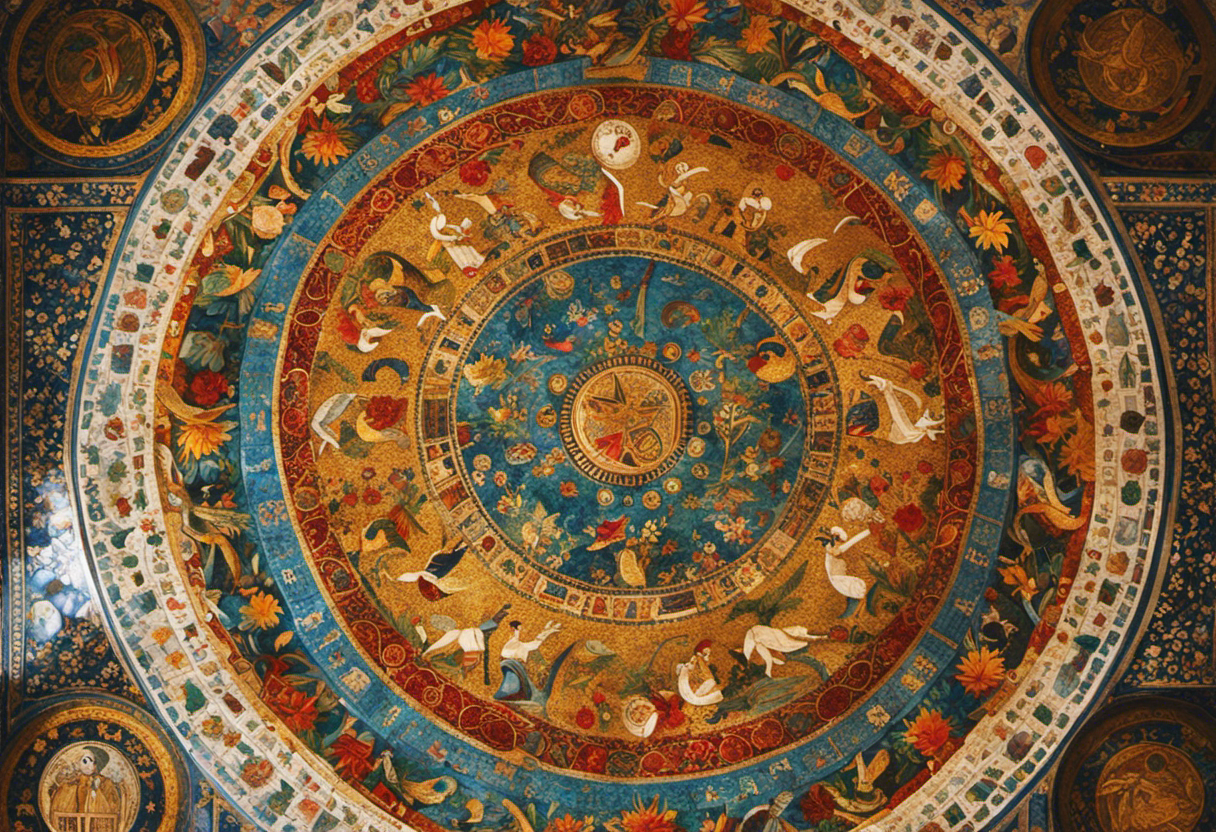

Exploring the cultural significance and enduring legacy of the Zoroastrian calendar sheds light on its profound impact on the development and evolution of ancient civilizations’ timekeeping systems. The Zoroastrian calendar, also known as the Fasli calendar, has deep roots in the ancient Persian religion of Zoroastrianism. It is a solar calendar that consists of 12 months, each with 30 days, and an additional five or six intercalary days to align the calendar with the solar year.
The Zoroastrian calendar not only provided a practical means of organizing time but also played a central role in cultural practices and religious festivals of ancient civilizations. For instance, the calendar determined the dates for important religious ceremonies and festivals, such as the celebration of the spring equinox, known as Nowruz. Nowruz is still celebrated today by millions of people around the world as a symbol of renewal and rebirth.
Furthermore, the Zoroastrian calendar influenced the development of other ancient calendar systems. The Babylonians, for example, adopted the Zoroastrian calendar and incorporated it into their own lunar calendar, resulting in a hybrid system that integrated both solar and lunar timekeeping. This hybrid calendar system, in turn, influenced the development of the Hebrew calendar and the Islamic calendar.
Conclusion
In conclusion, the Zoroastrian calendar has had a significant influence on various calendar systems throughout history. Its historical origins and key principles have shaped the way time is measured and organized in many ancient civilizations.
Furthermore, the adaptation of the Zoroastrian calendar in these societies has had a lasting impact on modern calendar systems. This cultural legacy is evidenced by the fact that the Zoroastrian calendar is still used by the Zoroastrian community today, highlighting its enduring significance.

